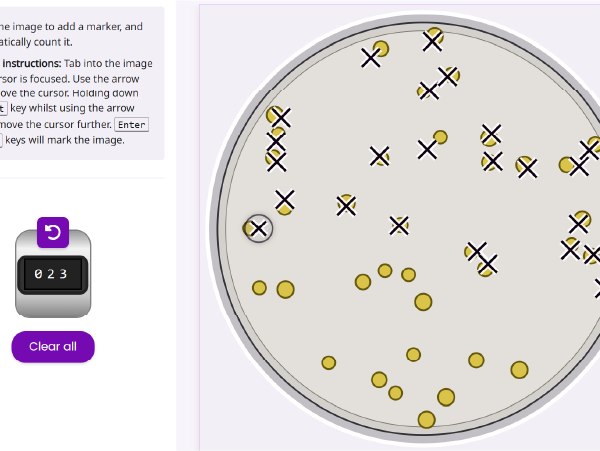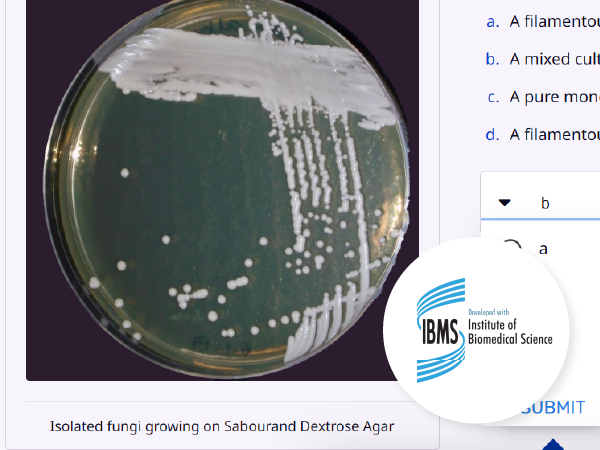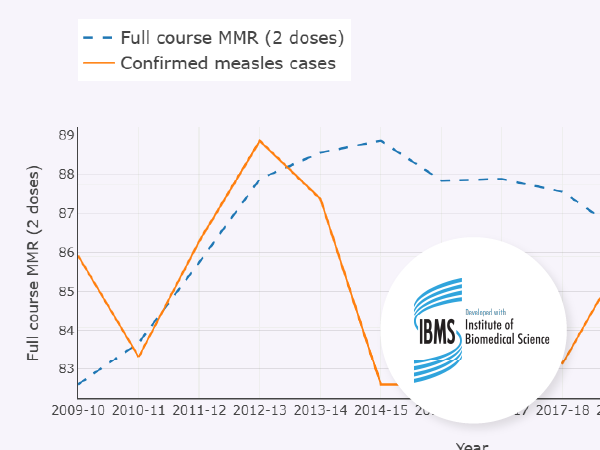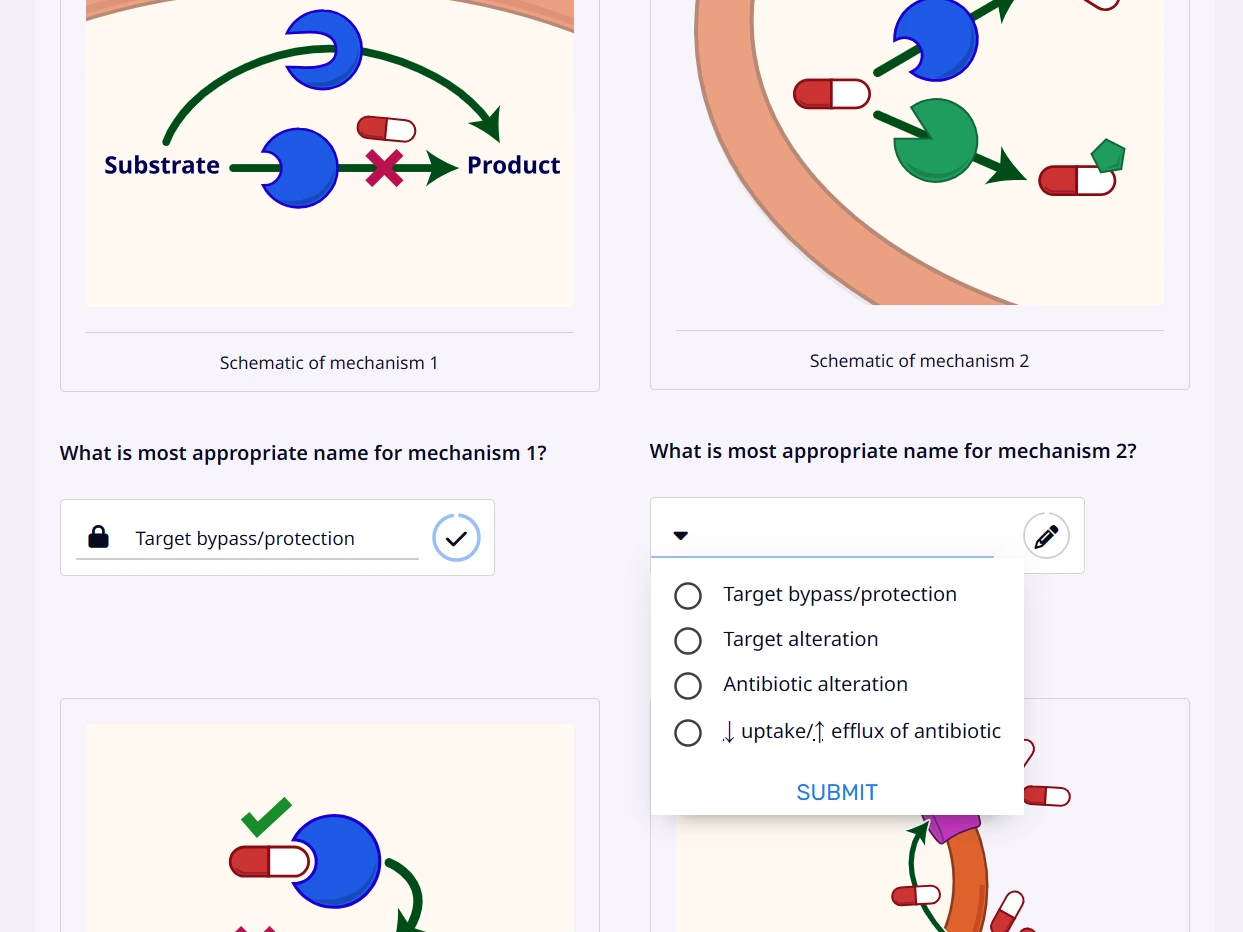
No items found.
Explore the diagnosis of urogenital pathogens using a combination of macroscopic, microscopic and molecular microbiological data. In a novel clinical case study, work through identifying and treating suspected urogenital bacteria and use different techniques to reach a diagnostic conclusion.
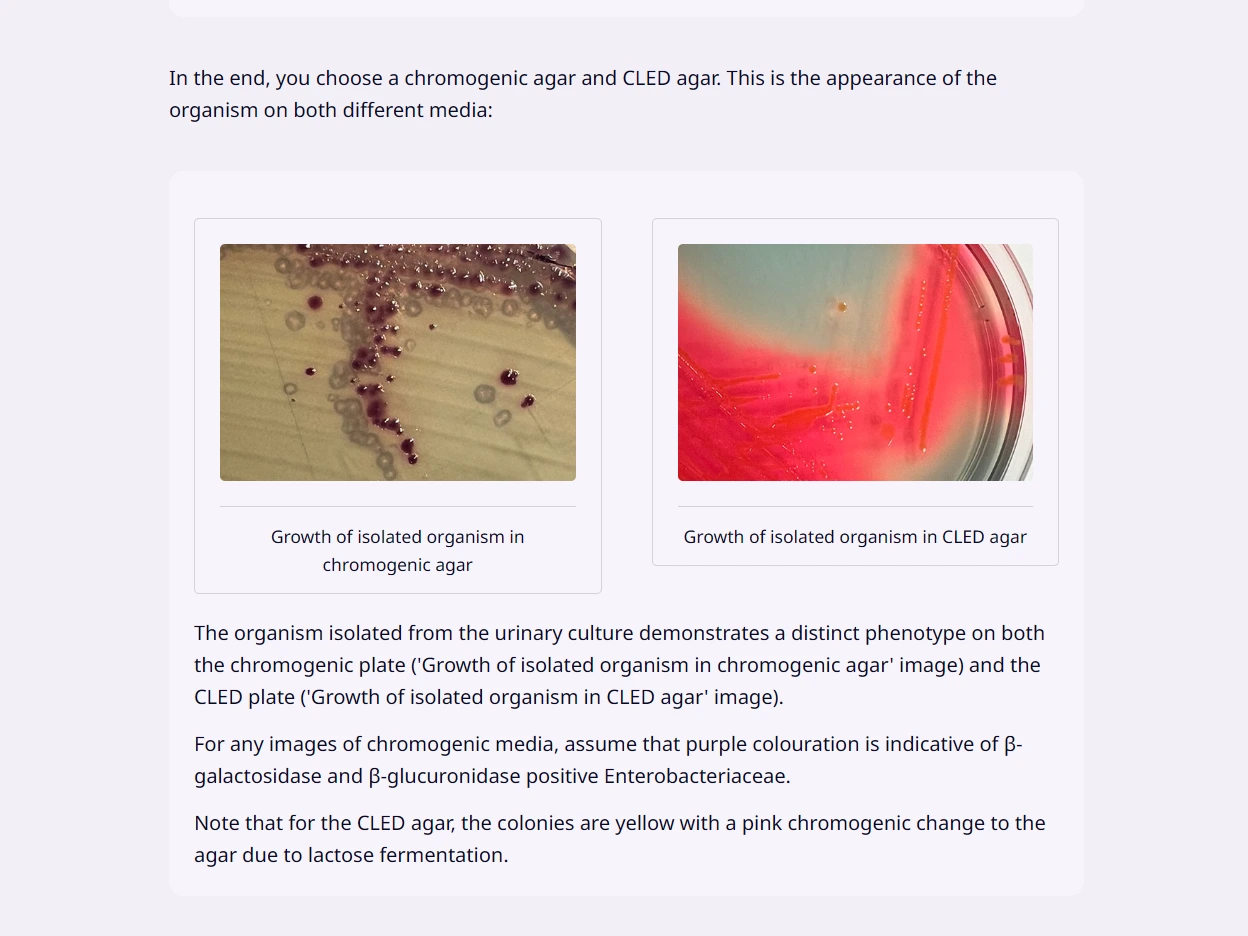
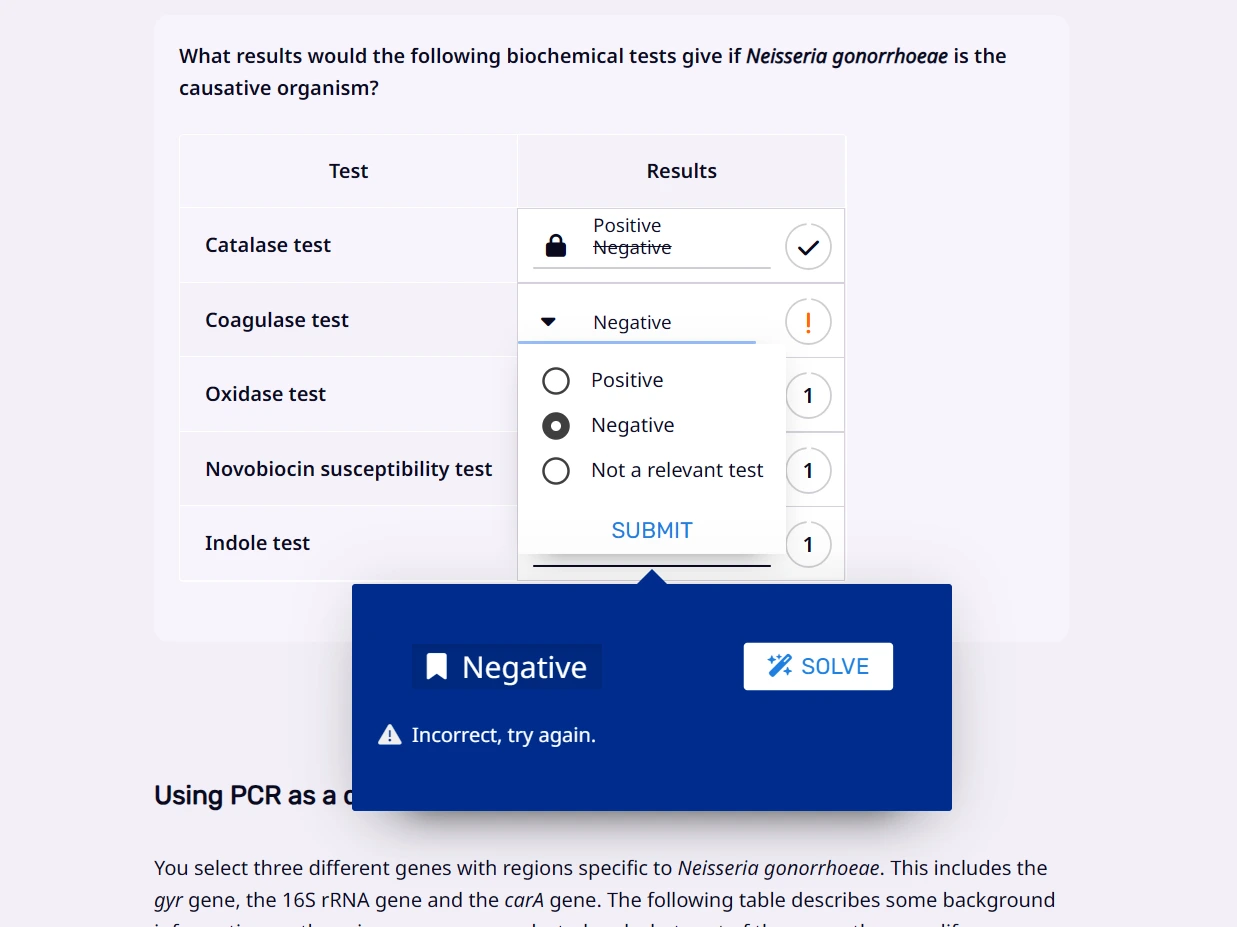
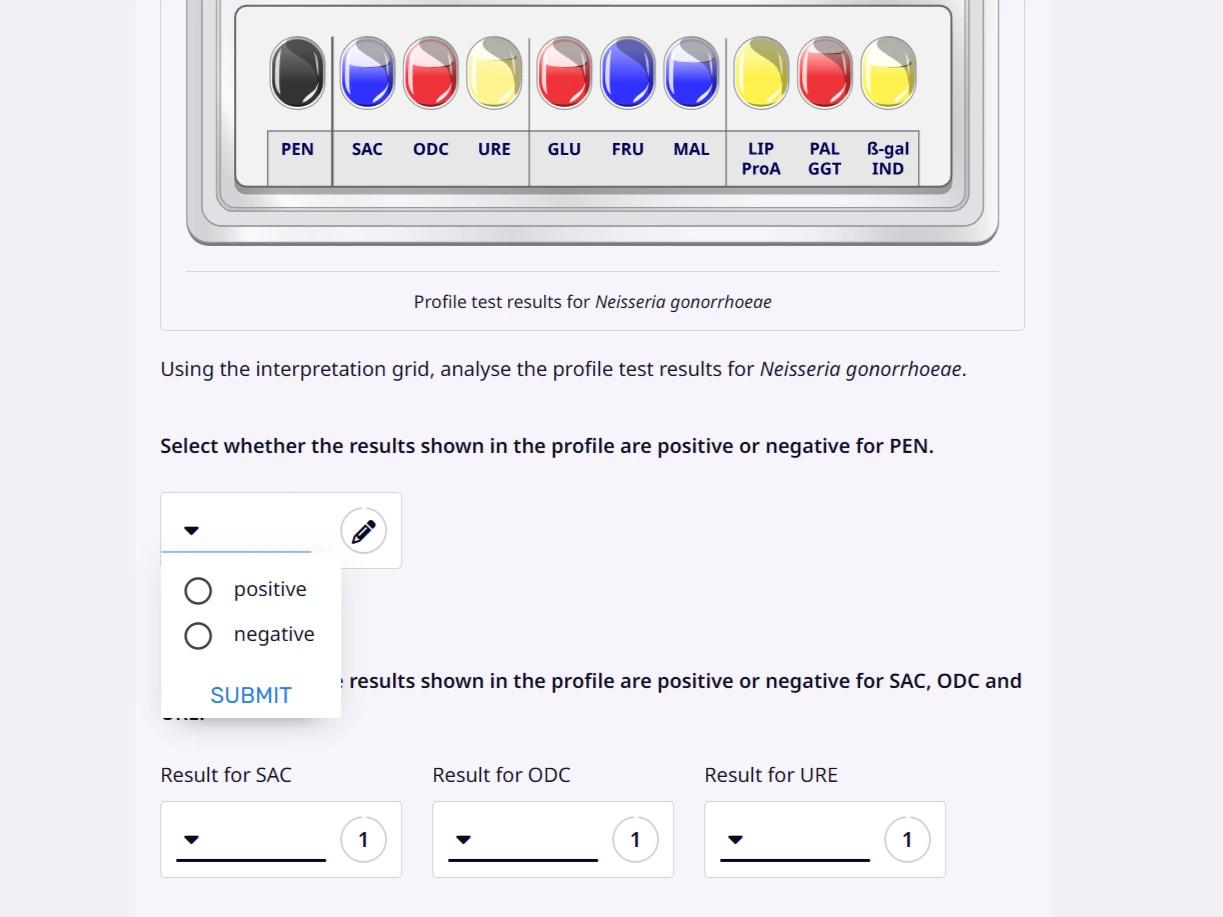








.jpg)
